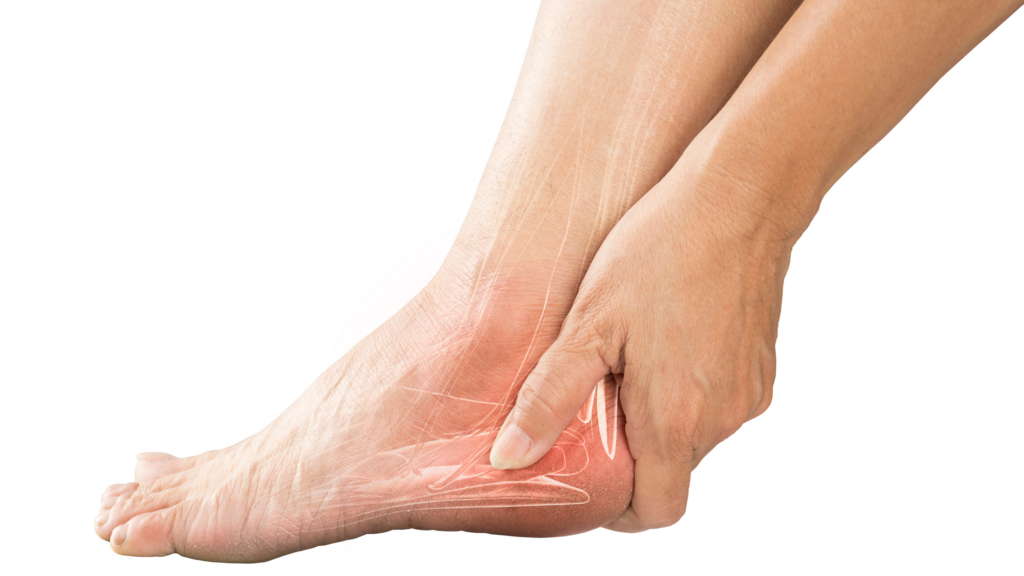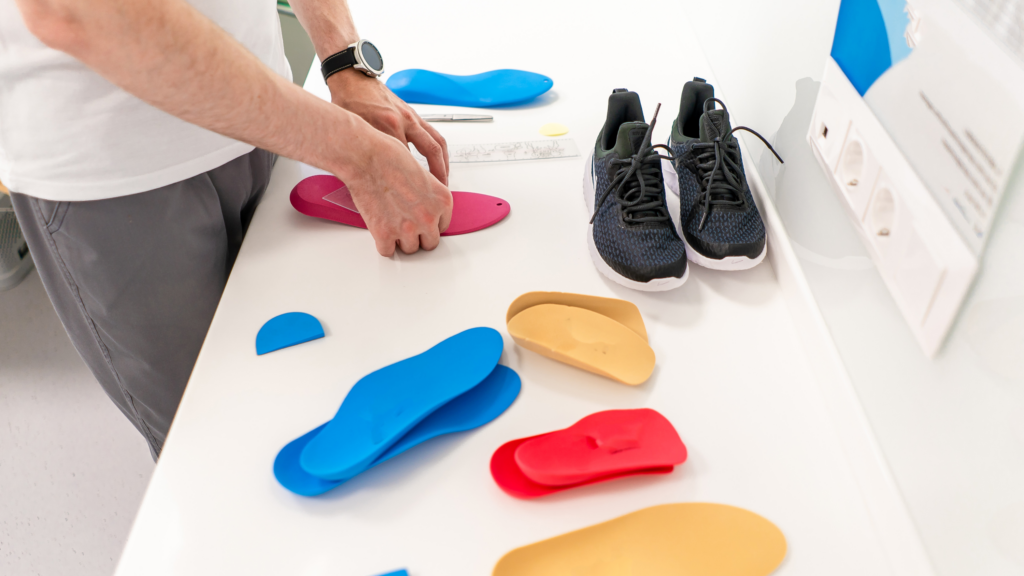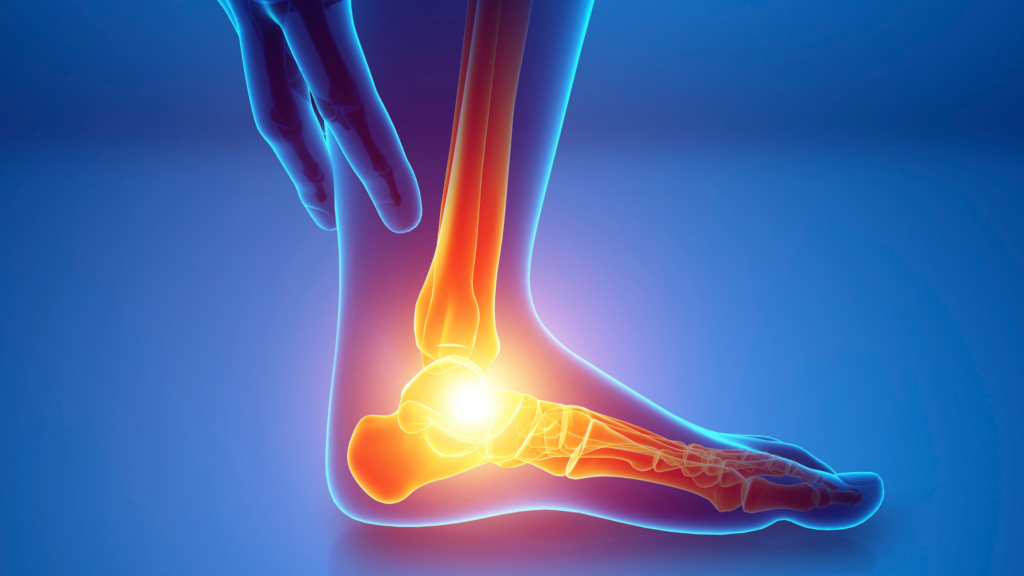Struggling with Chronic Heel Pain? Here’s Why Your Plantar Fasciitis Won’t Go Away—And What You Can Do About It
Understanding Plantar Fasciitis: Why Your Heel Pain Persists and How to Find Relief
Plantar fasciitis, commonly known as heel pain, can bring day-to-day life to a painful halt. Many people with chronic plantar fasciitis feel the sharp pain with the first few steps in the morning or after long periods of sitting. If this sounds familiar and you’ve tried stretching, massage, or even ice rolling without relief, you may be missing the real cause of your pain.
This post uncovers the hidden reasons behind plantar fasciitis, why conventional treatments often fall short, and how to get effective relief. By understanding how the foot functions in relation to the body’s movement system, you’ll learn what makes plantar fasciitis a complex issue and discover new solutions that work.
The Real Causes Behind Plantar Fasciitis
Why Heel Pain Isn’t Just a Foot Problem
Plantar fasciitis pain often isn’t simply about the foot. The foot, after all, is a sensor for the entire body—it’s not built to support weight but to communicate pressure and movement signals to the brain. When there’s an issue higher up, such as in the core or hips, the foot and heel may overcompensate, leading to inflammation and pain in the plantar fascia. Understanding this connection is essential to treating the pain effectively.
Common Causes and the Role of Muscle Dysfunction
Several factors can contribute to plantar fasciitis, including previous surgeries (like C-sections or abdominal surgeries), lifestyle habits (sitting for long periods or wearing shoes that inhibit natural foot movement), and overall muscle function. Often, weakened glutes, hips, or core muscles lead to stress being redirected to the legs and ultimately down to the foot. Over time, this strain thickens and stiffens the plantar fascia, leading to the chronic pain you feel with each step.

Why Conventional Treatments for Plantar Fasciitis Fall Short
Addressing Only the Symptom, Not the Cause
The typical recommendations for plantar fasciitis—stretching, wearing supportive shoes, using night splints, and ice rolling—can provide short-term relief but often miss the root cause. Without treating the underlying muscle imbalances and dysfunctions, these methods only address the symptom. For many, this approach leads to recurring pain.
Orthotics and Supportive Shoes Can Weaken Foot Muscles
While orthotics or supportive shoes may provide temporary support, they can make the foot’s intrinsic muscles weaker. Foot muscles need activation to stay strong, and when we rely on artificial support, these muscles weaken further, ultimately worsening the root cause of plantar fasciitis.

Effective Treatments for Lasting Relief from Plantar Fasciitis
Shockwave Therapy for Plantar Fasciitis—How It Works
Shockwave therapy is an innovative solution that’s especially effective for chronic plantar fasciitis. Unlike other treatments, it works by sending sound waves deep into the tissue, breaking down scar tissue, increasing blood flow, and stimulating stem cell activation. This process improves the foot’s natural repair mechanisms and can significantly reduce pain after only a few sessions.
A true shockwave therapy machine doesn’t sound like a jackhammer—it uses high-energy sound waves and can reach up to 12 centimeters deep, removing scar tissue and helping to rebuild damaged tissues without side effects.
Creating a Stronger Foundation for the Foot
Achieving lasting relief often requires more than addressing the foot itself. By treating weak glutes, hip imbalances, and lower back issues, you create a stronger foundation for the entire lower body. This approach stops overloading the foot and plantar fascia, allowing the area to heal.
At Unpain Clinic, we treat related dysfunctions throughout the kinetic chain to reset and balance your body’s mechanics. Our treatment approach targets plantar fasciitis holistically, addressing muscle imbalances, increasing foot strength, and relieving strain to encourage a full recovery.
The Link Between Plantar Fasciitis and Heel Spurs
Sometimes, plantar fasciitis comes with heel spurs. Although these are normal anatomical structures, an inflamed plantar fascia can start to rub against the heel spur, causing pain. Heel spurs are often treated with the same methods as plantar fasciitis, including shockwave therapy, which can reduce scar tissue and encourage blood flow to support healing.

Conclusion
If you’re living with persistent heel pain, it’s time to take a broader look at what may be causing your plantar fasciitis. By understanding how this condition ties into the body’s entire movement system, you’ll know why short-term solutions often fall short and how treatments like shockwave therapy can lead to real, lasting results. To learn more about how this approach could work for you, book a consultation with one of our healthcare providers at Unpain Clinic. Together, we’ll help uncover the root cause of your pain and guide you toward effective relief.
Uran Berisha,
B.Sc. PT, RMT
Shockwave Therapy Educator & Founder
Unpain Clinic & I Love Shockwave